
Which monastery complexes are worth visiting first of all in Georgia. Gelati Monastery complex.
On the territory of the Gelat monastery there are five buildings: the Cathedral of the Assumption of the Virgin, the Church of St. George, St. Nicholas, the building of the Gelat Academy, the belfry. The main cathedral is rich in picturesque frescoes, and the walls are decorated with hewn Eclair stone. Be sure to visit this place and see all the beauty of the monastery complex with your own eyes.
Gelat Monastery Complex It is located 11 kilometers to the north-east of Kutaisi, in the valley of the Tskalcitela River. The monastery was founded by the King of Georgia David IV Agmashenebeli (Builder) (1089-1125). The territory of the monastery is surrounded by a fortress wall and consists of 5 buildings: the main Cathedral of the Assumption of the Virgin (built in 1106, the size of the cathedral: 35m.x36m.x34m.), to the east of the main cathedral is the Church of St. George (XII century.), the two-tiered Church of St. St. Nicholas (XII-XIV centuries), from the north-west of the main cathedral, on the spring, there is a belfry with a stone arched gazebo (XIII century) and the building of the Gelat Academy.
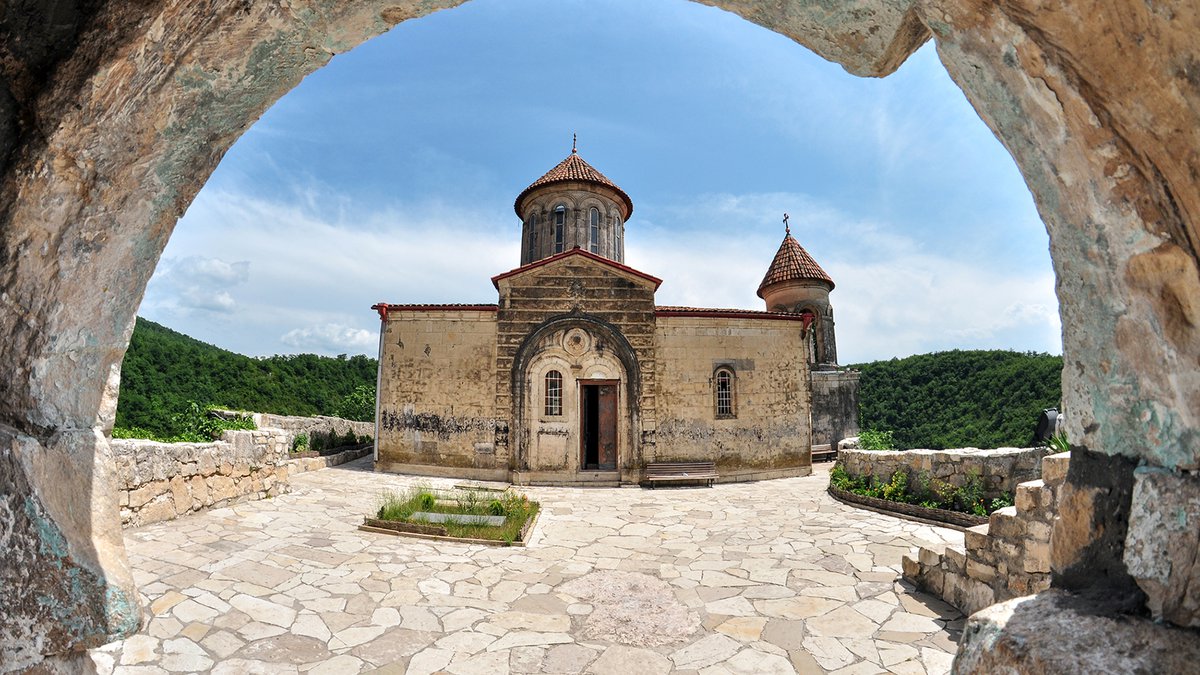
The main cathedral is decorated with hewn Eclair stone and is rich in fresco paintings. On the altar vault there is a Gelat mosaic (depicting the Virgin and Child, the archangels Gabriel and Michael), in the western stand there is a fresco of the XII century depicting a church meeting; in the southern prayer room there are two images of David VI Narin (1246-1293): on one he is in royal attire, on the second - in monastic. The northern wall depicts members of the Imeretian royal family (XVI century.), there is also a portrait of David IV Agmashenebeli (1089-1125). The portrait was restored in the XVI century.
At the southern side of the wall, in the main gate, there is a tombstone of David Agmashenebeli (the grave itself is presumably located under the monastery). According to historical sources, Gelati was the tomb of the kings of united Georgia and all the kings of the XII - XIII centuries. (David IV, Dmitry I, George III, Tamara, George IV), as well as the Imeretian kings of the XVI-XIX centuries. (Bagrat III, George II, George III, Alexander V, Solomon I and the last Georgian king Solomon II) are buried in Gelati.
Gelati was a royal monastery, and in the XII-XV centuries it was subordinate directly to the tsar and the first minister. The rector of the Gelat Academy had a high status at the court and was almost equal in importance to the Catholicos-Patriarch. The senior nuns of the monastery were members of the royal council.
In the 20s of the XVI century, an episcopal see was established in Gelati, and at the end of the XVI century, the residence of the Catalikos Patriarch was moved from Pitsunda to a safer place - in Gelati. At various times, the richest collection of Georgian manuscripts, the national treasury (the Khakhul Icon of the Mother of God) was kept in Gelati. In 1923, the Bolsheviks closed the monastery. It became operational again in 1990.
The Gelati Monastery complex also includes the Gelati Academy, the main educational center of medieval Georgia. Contemporaries compared it with the Jerusalem and Athens Academies, since the learning process was simultaneously based on the scientific traditions of antiquity and Christianity. Along with studying at the academy, translation and scientific activities were carried out, original compositions were created.
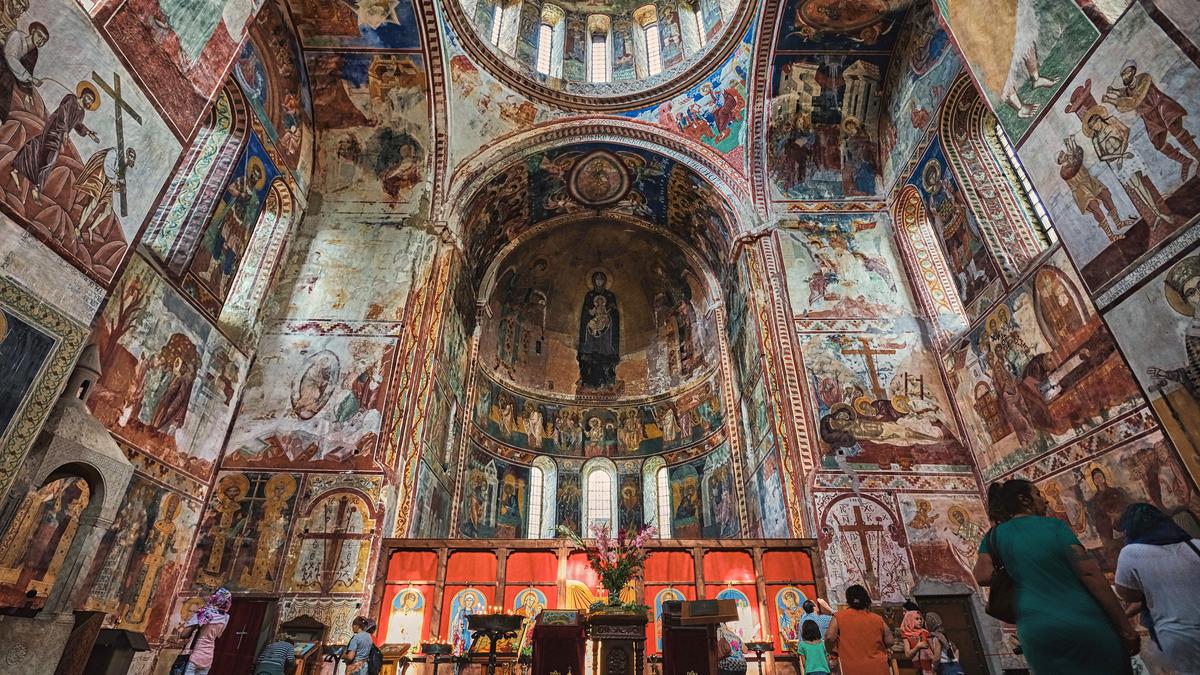
See all the sights of Georgia
-
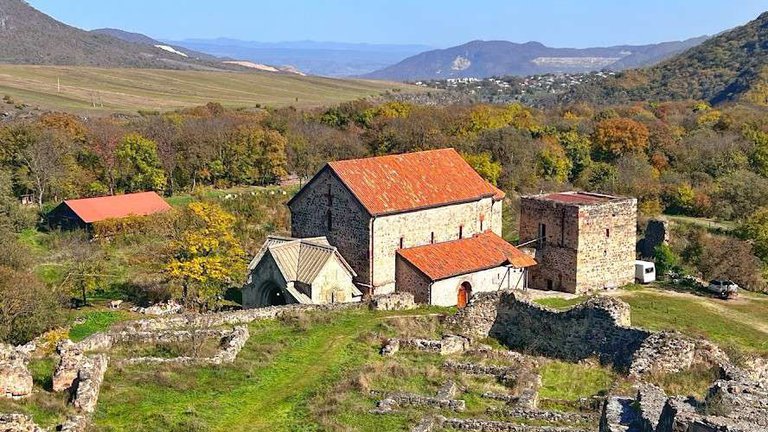
🏰 Dmanisi Sioni: An architectural wonder and an important religious center of Georgia 🌍
Sights of GeorgiaThe Dmanisi Cathedral of the Mother of God is one of the oldest churches in Georgia, buil…
-

🔮 Church of the Ascension in Ozaani: History, frescoes and architectural features of one of the most interesting sights of Georgia!
Sights of GeorgiaVisit the unique church in Ozaani! Find out how to get there, what to take with you, wher…
-

Besletsky Bridge in Abkhazia: Legends, Secrets and How to Get to This Ancient Miracle
Sights of GeorgiaHow to get to the Besletsky Bridge in Abkhazia? Where to spend the night, what to take wi…
-
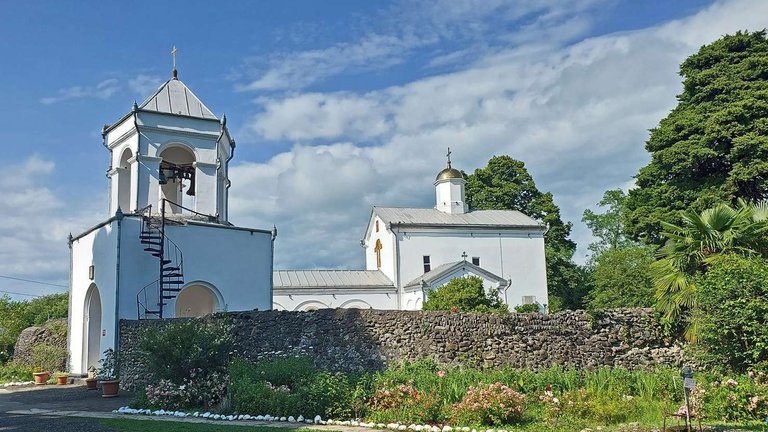
Ilori Temple in Abkhazia: Tragedy of Restoration, Disappeared Relics and Secrets Shrouded in Darkness
Sights of GeorgiaFind out everything about the Ilori Temple in Abkhazia: how to get there from different c…
-
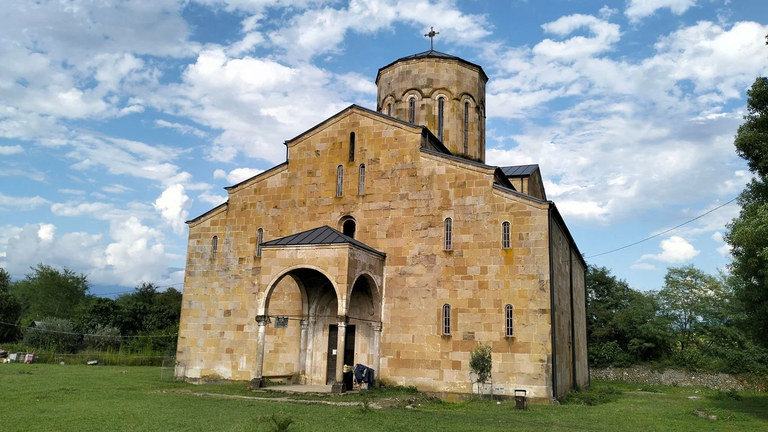
A place that defies restoration: why is the Mokva Cathedral in Abkhazia called cursed and sacred at the same time?
Sights of GeorgiaPlanning a trip to Abkhazia? Don't miss the Mokva Cathedral, one of the most ancient chur…
-
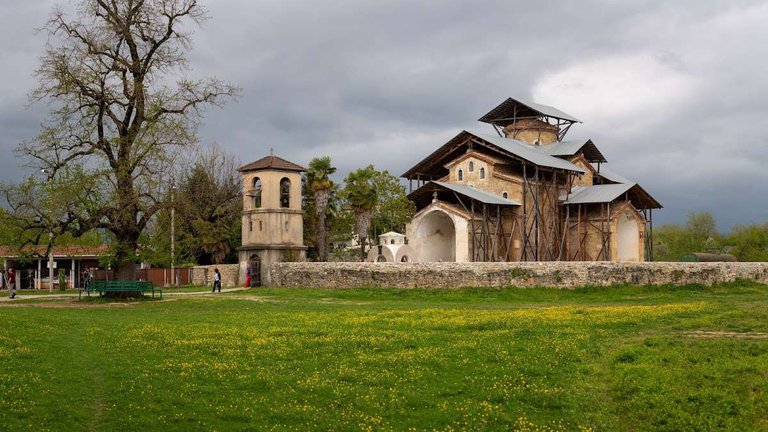
The Lykhny Church of the Dormition of the Blessed Virgin Mary is a 10th century mystery that is worth revealing!
Sights of GeorgiaFind out how to get to the temple, what to see nearby, where to eat and stay, and what sp…
-

Dranda Cathedral of the Dormition of the Blessed Virgin Mary - Find out what one of the oldest temples in Abkhazia hides
Sights of GeorgiaFind out what the Dranda Cathedral in Abkhazia hides behind it! 🌍 Discover the mysterious…
-
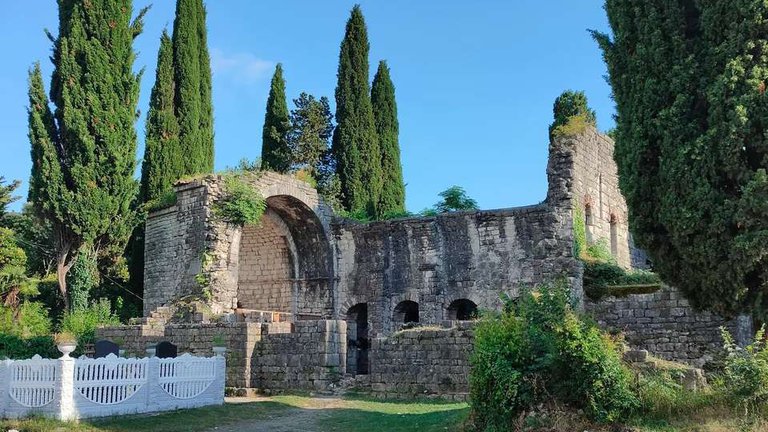
Tsandripsh Basilica: a unique Byzantine temple in Abkhazia that you must see!
Sights of GeorgiaThe Tsandrypsh Basilica is one of the most mysterious and unique sights of Abkhazia. Lear…












35 comments
Log in to leave a comment